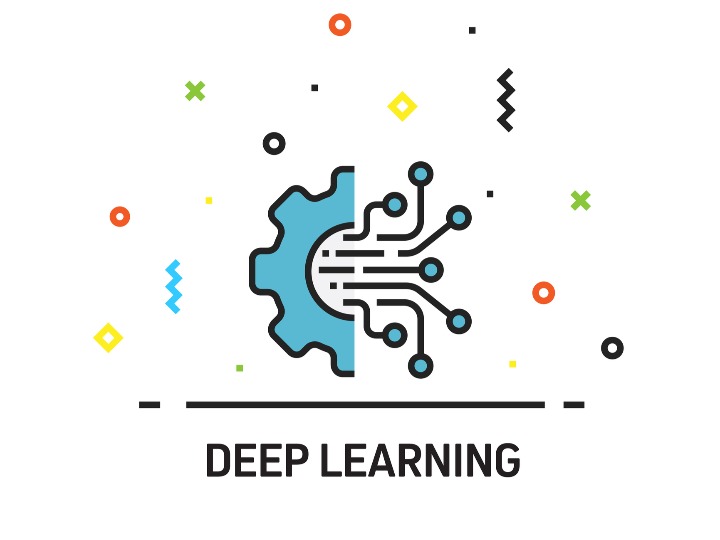Deep Learning Course at UH

Vedhus Hoskere, Ph.D., assistant professor at the UH Cullen College of Engineering, discussed a multifaceted course coming soon to the University of Houston and the opportunities it will provide for students. The mission of this course is to equip students with fundamental and cutting-edge ideas in Deep Learning that have had a phenomenal impact on all engineering disciplines over the past five years.
What is the title of your course and when will it be offered?
Deep Learning for Engineers. The course will be offered again in Spring 2022.
Is it open to all majors or specific majors?
The course is a grade level course, open to all Cullen College Engineering majors, College of Natural Sciences and Mathematics majors, as well as students in the College of Technology with an engineering or science background. Good programming skills, a solid understanding of linear algebra and calculus are prerequisites.
What area of data science and machine learning does your course focus on?
The course focuses on a learning algorithm called a neural network, its variants and applications in engineering. Neural networks are algorithms loosely inspired by human neurons and can be trained to “understand” data. Neural networks were proposed over 50 years ago but recent advances in computing capabilities and GPUs (graphics processing units) have given them new capabilities.
Neural networks are composed of “layers” of neurons. The more layers you have, the “deeper” the network. In the past six to eight years, Deep Learning methods have had tremendous success in a wide variety of engineering applications including self-driving, infrastructure inspections, design optimization, robotic navigation, medical diagnosis and even in solving differential equations.
What is the difference between the application & theoretical side of data science and machine learning? How does this apply to your course?
In my course, the content is a mix of theories, examples, and student-led projects. Students are given the theoretical foundation required to understand how the different Deep Learning algorithms work. However, most of the learning happens through hands-on assignments which are mini-projects that implement the discussed algorithms in Python using a Deep Learning
package called PyTorch. There are five assignments in total, and each takes about two to three weeks to complete.
The students also work on projects with a topic of their own choice. They apply concepts learned in class to things they are interested in. Ph.D. students typically use this as an opportunity to explore new ideas for their research. M.S. students usually work on topical ideas or things they are passionate about. When I offered the course last Fall, we had a whole range of project topics, including cutting-edge algorithms for cancer detection, land use classification, solving differential equations, power system analysis, hydrologic models, seismic metamaterials, music genre classification and even on COVID detection from X-Ray images! The range of projects demonstrate the applicability of Deep Learning on a wide variety of engineering disciplines.
What differentiates your course from other machine learning courses at UH?
The course covers cutting-edge topics that are a product of research in recent years. In fact, many of the topics that I covered last fall were published just a few months before the course took place. In the course, I try to distill out key advances so that they are more easily digestible by students. With regards to the evaluation, we have no written exams. The students are evaluated based on their assignments and their projects. I’m excited to offer the second edition of the course in Spring 2022.
How will this course impact students and the UH community?
The use of Deep Learning has permeated all aspects of society. The demand for engineers with a strong background in this field and up to date with recent advances will only continue to grow. The general nature of the content means that students across many departments are able to get a lot out of it. In fact, we had enrollment from seven different departments last semester! In terms of research, the Ph.D. students taking the course were able to apply what they learned to their research. For students in the job market, this is a valuable skill for which most engineering and technology companies are willing to dish out big salaries. Taking the course will help make UH students more competitive as data scientists.